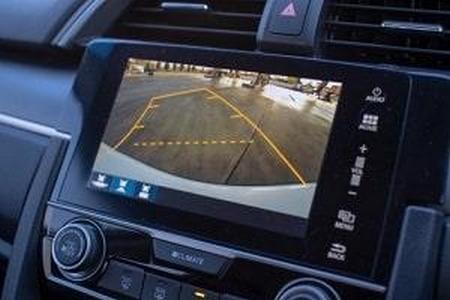Does Modern Safety Technology Actually Prevent Illinois Car Accidents?
Vehicles that are produced today look very different from the first vehicles on the road, which were little more than a metal frame with an engine and two seat benches. Seatbelts were not even required in vehicles in the United States until 1968. Today, vehicle safety technology has become much more sophisticated and exists not only to protect occupants in the event of a crash but also to help prevent car crashes and injuries from happening in the first place. But does this technology actually work?
Types of Crash Avoidance Technologies
Much research has been done as to the causes of vehicle crashes throughout the country and most of them are caused by human error. Millions of accidents occur in the United States each year because of distractions or one small mistake. After all, multitasking is something that humans do not do efficiently and driving requires a decent ability to do so. However, crash avoidance technologies are beginning to become standard features on many vehicles in the country. Some common types of crash avoidance technologies include:
-
Front Crash Prevention: A front-end crash prevention system uses various sensors and cameras to determine when you are getting too close to a vehicle in front of you. According to the Insurance Institute for Highway Safety (IIHS), vehicles that are equipped with front crash prevention systems cut rear-end crashes by 27 percent.
-
Automatic Emergency Braking: In addition to front crash prevention, many vehicles are also equipped with automatic emergency braking. This feature automatically engages the car’s brakes if it detects that a crash is imminent after warning the driver. If the driver brakes, but not hard enough, automatic brakes will supplement. If the driver does not take action, the brakes are automatically applied to stop or slow the car. The IIHS states that vehicles that are equipped with both a front crash prevention system and automatic emergency braking cut rear-end crashes by 50 percent.
-
Lane Departure Warning: This feature alerts drivers when they inadvertently swerve between lanes or veer off of the road. The IIHS has reported that sideswipe and head-on collisions have decreased by approximately 11 percent because of these kinds of technologies.
-
Blind Spot Detection: This feature uses sensors to continuously monitor the blind spots on the side of your vehicle that your mirrors cannot see. Most systems provide a visual alert on or near the side mirror when a vehicle or other object is in your blind spot. The IIHS states this has reduced lane-change crashes by 14 percent.
-
Rear Crash Prevention: Similar to front crash prevention, rear crash prevention utilizes cameras and sensors to monitor your surroundings as you back up. Rearview backup cameras have been required on all new vehicles since May 2018 and combined with rear automatic braking and parking sensors, the IIHS reported a 78 percent decrease in backing crashes.
Contact a Naperville Personal Injury Attorney
The cause of many car accidents is simply human error. The reason crash avoidance technologies reduce the number of crashes and the severity of the collisions that do occur is because this type of technology creates less room for human error. There is no realistic way to prevent all car crashes from happening, but if you do get into an accident, a skilled DuPage County car accident injury lawyer can help you determine liability for your crash. At the Mevorah & Giglio Law Offices, we can help you pursue compensation for your lost wages, medical bills, as well as your pain and suffering. To get started, call us today at 630-932-9100 to schedule a free consultation.
 English,
English,
 Spanish,
Spanish,
 Polish,
Polish,
 Urdu
Urdu














 Make a Payment
Make a Payment



